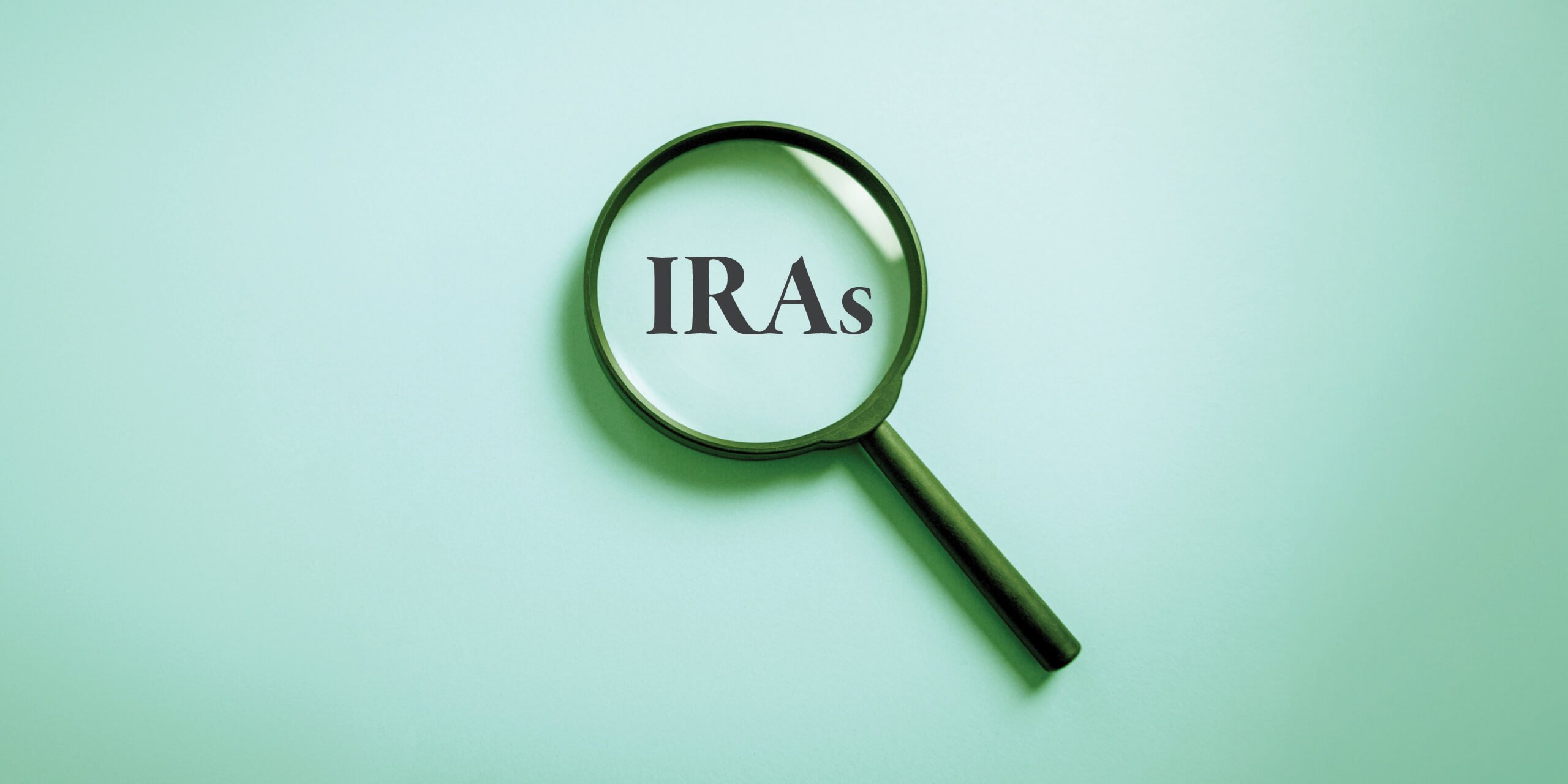
Demystifying Inherited IRAs: What You Need To Know
Over the past few years, several rules have changed in relation to inherited IRAs – including the SECURE Act’s elimination of the option to “stretch” distributions over a lifetime for most beneficiaries. In July, the IRS released their most recent guidance on distributions from inherited IRAs, and confirmed that many beneficiaries must empty their inherited IRA account within ten years of the decedent’s death – and in some cases, take taxable minimum distributions for the first nine years.
If you’re the beneficiary of an IRA, now is the time to plan how you’re going to liquidate the account. And if you’re planning on leaving an IRA to an heir, it’s a great idea to meet proactively with your advisor to ensure your beneficiaries get the most out of their inheritance.
If You’re Inheriting an IRA
If you’re a beneficiary, standing on the right side of the IRS starts with understanding how these new rules apply to you:
As the primary beneficiary of the IRA, are you any of the following?
- A surviving spouse
- A person with a disability or chronic illness
- A minor child of the decedent
- Less than 10 years younger than the decedent
-
Yes ▼The new 10-year rule does not apply to you - you can still utilize the stretch technique.
-
No ▼See next question.
Did you inherit the IRA in 2019 or earlier?
-
Yes ▼The new 10-year rule does not apply to you - you can still utilize the stretch technique.
-
No ▼The new ten-year rule applies to you. See next question for more details.
Did you inherit the IRA from someone already required to take RMDs?
-
Yes ▼The IRS requires you to take RMDs for the next nine years and fully deplete the account at the end of the tenth year.
-
No ▼You're not subject to RMDs, but still need to fully deplete the account by the end of the tenth year.
This information has been developed by a member of Baird Wealth Solutions Group, a team of wealth management specialists who provide support to Baird Financial Advisor teams. The information offered is provided to you for informational purposes only. Robert W. Baird & Co. Incorporated is not a legal or tax services provider and you are strongly encouraged to seek the advice of the appropriate professional advisors before taking any action. The information reflected on this page are Baird expert opinions today and are subject to change. The information provided here has not taken into consideration the investment goals or needs of any specific investor and investors should not make any investment decisions based solely on this information. Past performance is not a guarantee of future results. All investments have some level of risk, and investors have different time horizons, goals and risk tolerances, so speak to your Baird Financial Advisor before taking action.






